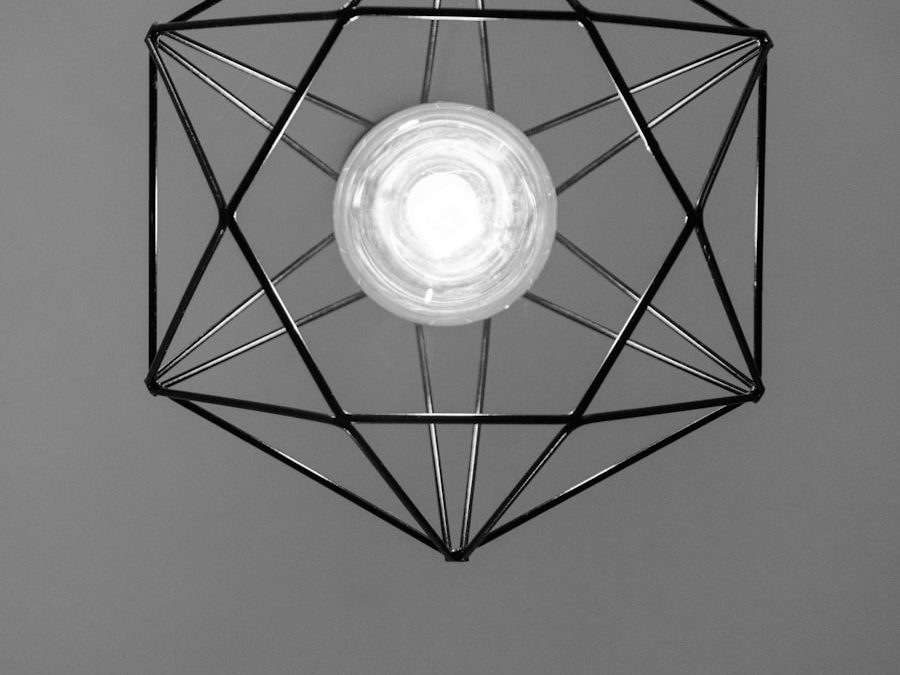Sustainable Lighting: Illuminating a Brighter Future
Introduction
Efficient and sustainable lighting is becoming increasingly important as the world shifts towards a more environmentally conscious mindset. The use of traditional lighting methods not only strains the planet’s resources but also contributes to greenhouse gas emissions. As such, sustainable lighting has become a key focus for governments, businesses, and individuals globally.
The Benefits of Sustainable Lighting
Sustainable lighting has numerous benefits, including cost savings, longer product lifespan, reduced energy consumption, and a lower environmental impact. Energy-efficient lighting solutions require less energy, reduce the energy bills for households and businesses, and contribute to the long-term goal of sustainable energy.
Furthermore, the longer lifespan of sustainable lighting products reduces the need for frequent replacements, reducing waste and overall environmental impact. In homes and workplaces, sustainable lighting solutions can lead to increased productivity and well-being due to reduced glare and eye strain.
Types of Sustainable Lighting
There are several types of sustainable lighting available, and each has its unique benefits:
LED Lighting
LED (light-emitting diode) lighting is becoming increasingly popular due to its high energy efficiency, long lifespan, and low cost of maintenance. LED bulbs use up to 80% less energy than traditional incandescent bulbs and have a lifespan of over 25,000 hours, making them a sustainable and cost-effective choice.
Solar Lighting
Solar-powered lighting harnesses the power of the sun to provide lighting, reducing the need for electricity. Solar lighting is mainly used in outdoor lighting solutions such as garden lights and streetlights.
Natural Lighting
Natural lighting refers to the use of daylight to provide illumination. Designing buildings to maximize natural light, reducing the need for artificial lighting, can significantly decrease the energy consumed for lighting. This is accomplished through strategic placement of windows and mirrors to reflect natural light into the building.
Sustainable Light Fixtures
Sustainable light fixtures are made of materials that are environmentally friendly and designed to reduce waste. The use of recycled materials and sustainable production methods reduces the carbon footprint of fixtures, while designs that allow for disassembly and easy recycling at the end of their lifespan reduce waste.
The Role of Policy and Regulation
Governments have an essential role to play in driving the adoption of sustainable lighting practices. They can incentivize businesses and individuals to adopt sustainable lighting practices by providing tax breaks and rebates for the purchase of energy-efficient lighting products.
In addition, regulations to phase out traditional lighting solutions such as incandescent bulbs are critical to increasing the adoption of sustainable lighting solutions. Such regulations can ensure that businesses and households adopt energy-efficient lighting solutions and reduce waste.
The Future of Sustainable Lighting
The future of sustainable lighting is bright. Advancements in technology, such as the development of smart lighting systems, make it easier for consumers, businesses, and governments to adopt sustainable lighting solutions.
Furthermore, as the world becomes increasingly focused on environmental conservation and the reduction of greenhouse gas emissions, individuals and organizations will continue to prioritize sustainable practices, making sustainable lighting the norm rather than the exception.
Conclusion
Sustainable lighting is not only a mode of energy conservation but also an essential tool for reducing the carbon footprint left behind. With the availability of diverse sustainable lighting solutions such as LED, solar, natural lighting, and sustainable light fixtures, building a brighter, more energy-efficient future has never been more achievable. With policy and regulation driving the adoption of sustainable lighting practices, we can look forward to a future powered by sustainable lighting.



